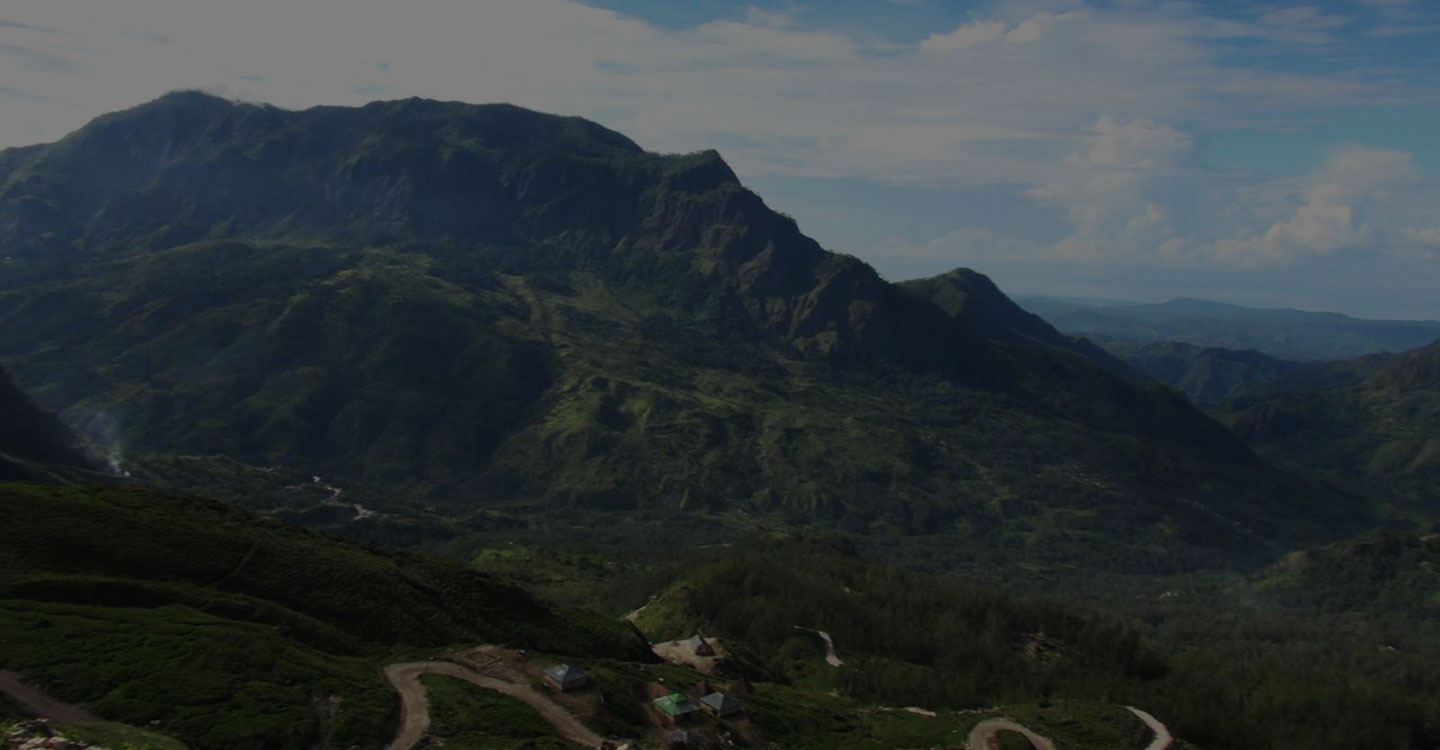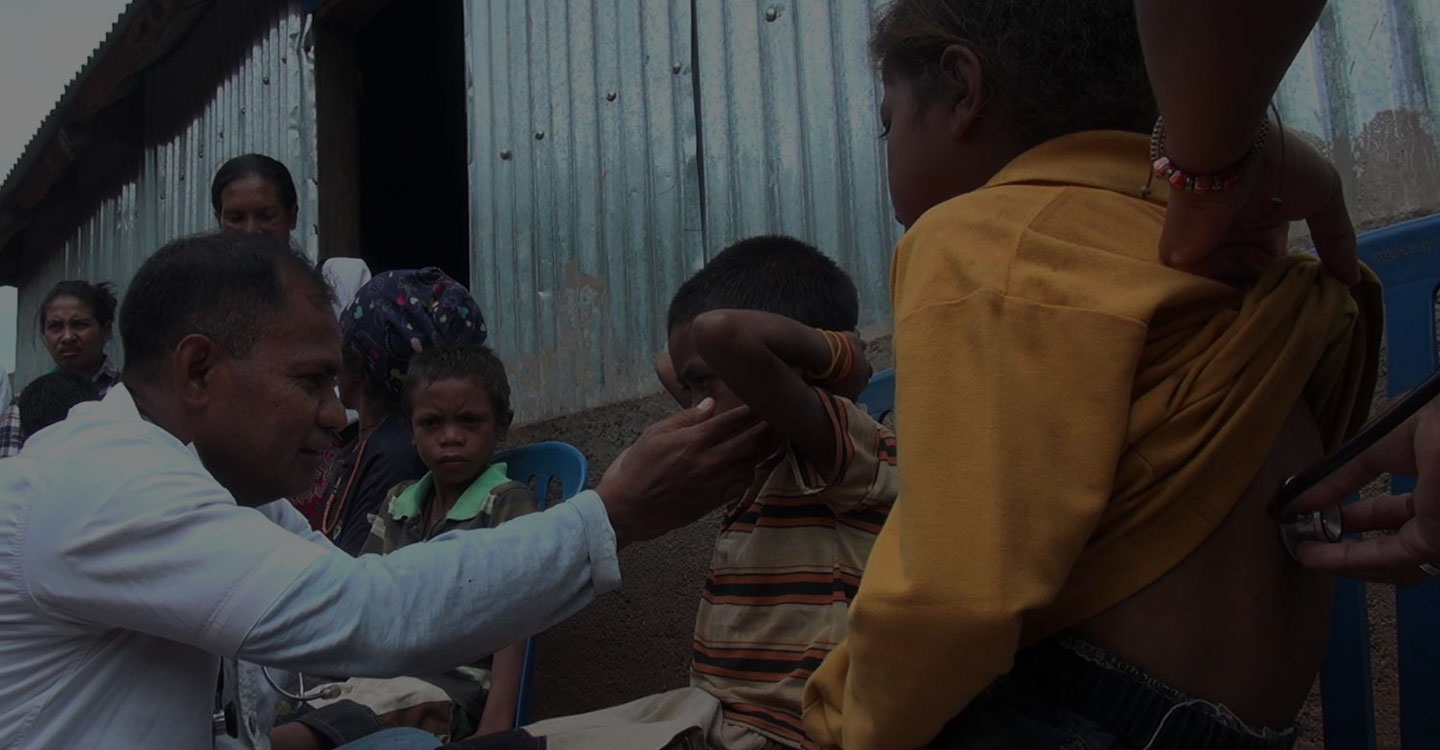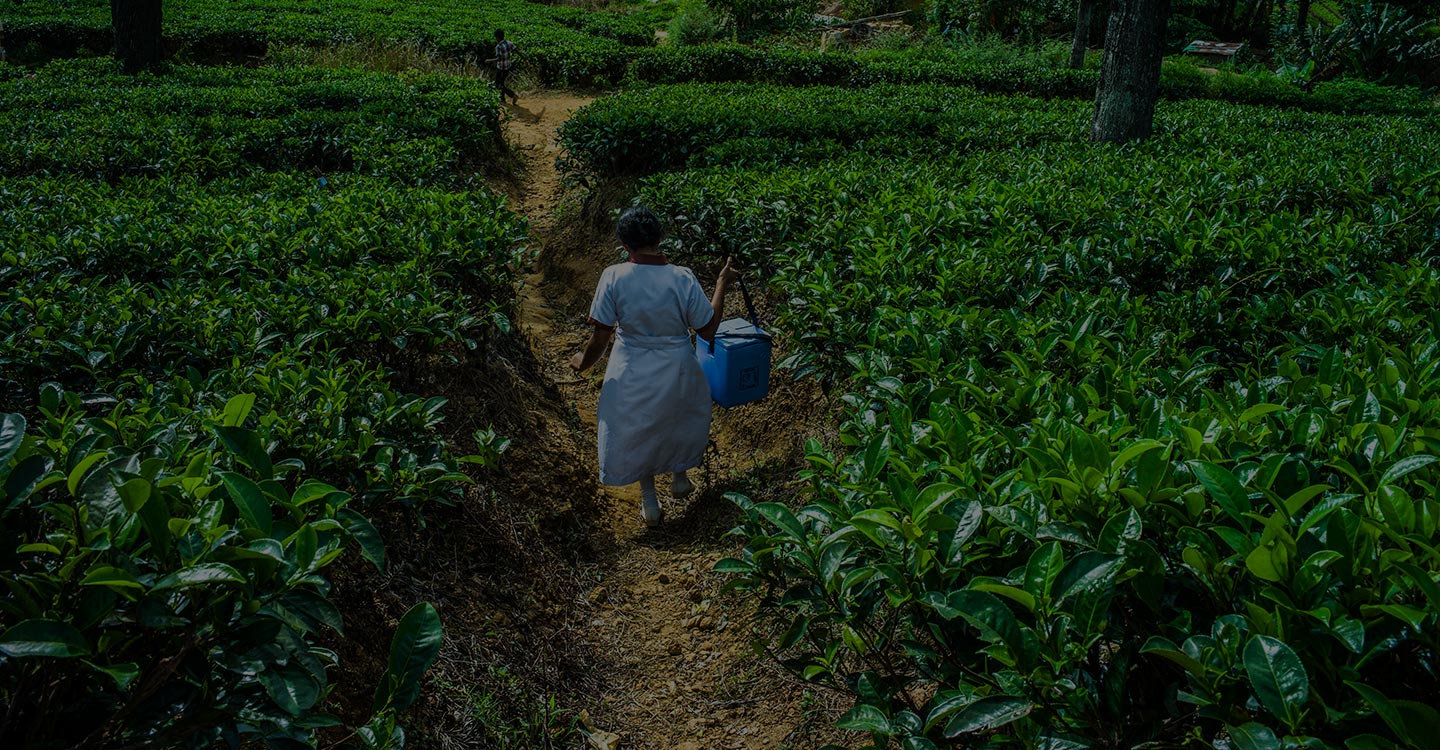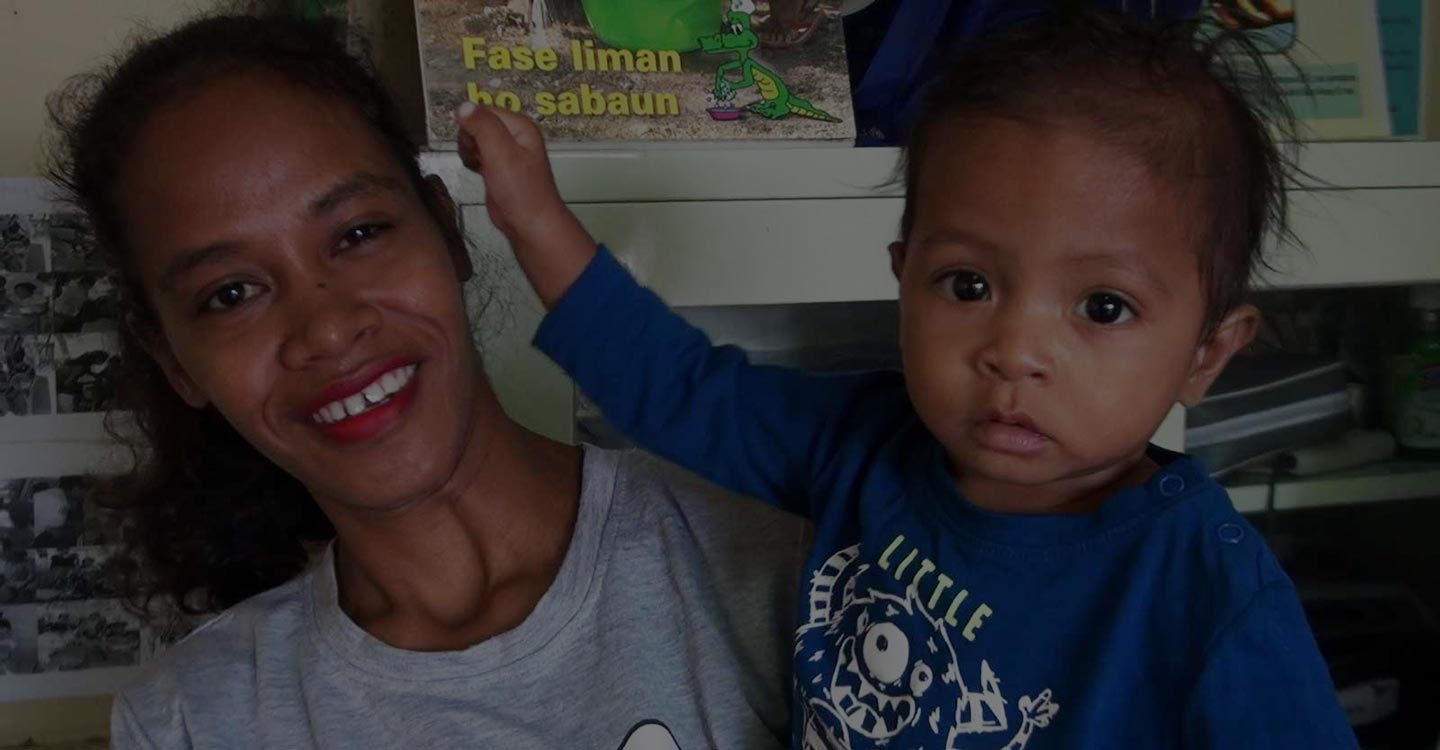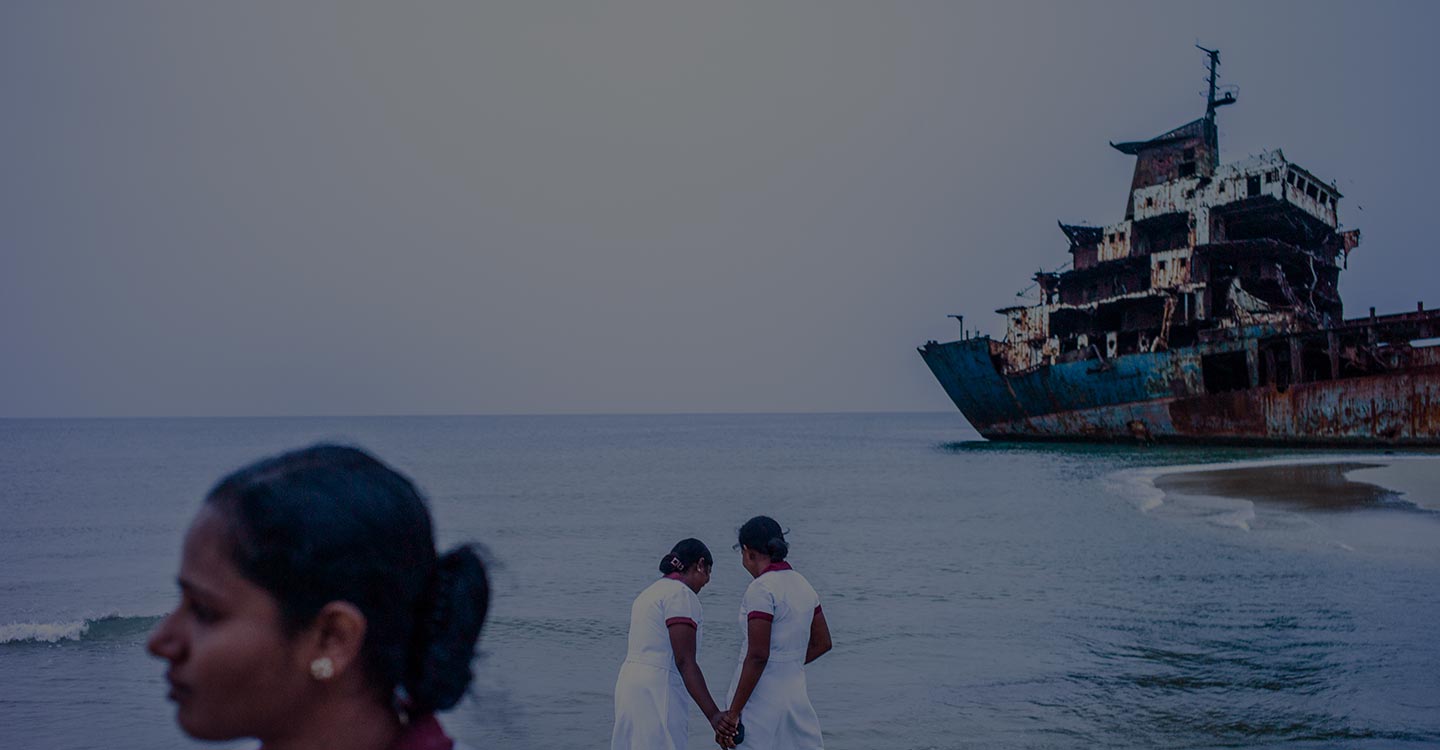Transition twins: Sri Lanka and Timor-Leste team up for sustainable immunisation
- 7 June 2018
- 9 min read
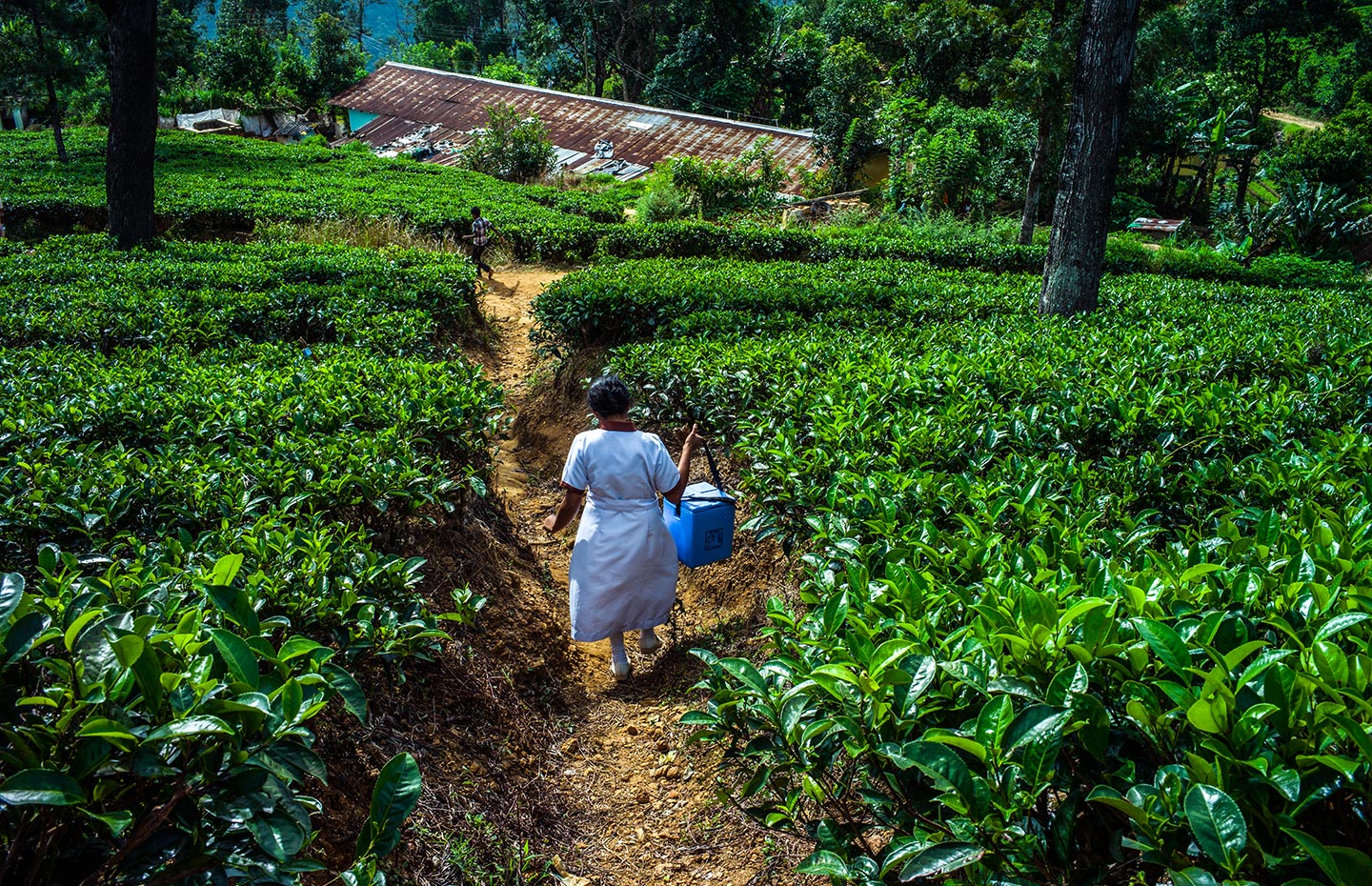
Countries fully self-financing starting:
2016
- Bhutan
- Honduras
- Mongolia
- Sri Lanka
2017
- Guyana
- Indonesia
- Kiribati
- Moldova
2018
- Angola
- Armenia
- Azerbaijan
- Bolivia
- Congo
- Cuba
- Georgia
- Timor-Leste
2020
- Vietnam
2021
- Nicaragua
- Papua New Guinea
- Uzbekistan
Gavi’s post-transition support
By 2020, at least 20 developing countries are expected to transition out of Gavi support – an historic milestone for each Government marking the end of a long road to fully owning their national immunisation programmes. It also signals the beginning of another even tougher journey: sustaining progress so no child is left unprotected against deadly diseases.
Despite meeting Gavi criteria for transitioning, some countries risk stagnating or even declining immunisation coverage post-transition. To address the issue, the Vaccine Alliance continues to work with transitioned countries, tracking their performance, advocating for immunisation and sharing lessons learned. For the 2018-2020 period, Gavi has also allocated US$ 30 million to help countries facing specific post-transition issues.
Gavi is also encouraging countries to share knowledge and best practices through peer-to-peer networking initiatives and South-to-South collaboration. In a pioneering ‘twinning’ partnership, Sri Lanka, which transitioned out of Gavi support at the start of 2016, is drawing on its own experience to work with Timor-Leste, which took full ownership of its immunisation programme in January 2018.
Sri Lanka & Timor-Leste
Over 5,000 kilometres separate Sri Lanka and Timor-Leste, but there are strong parallels between the countries’ two health systems.
Both have lived through recent devastating internal conflict. Both have had to rebuild and reintegrate their health infrastructure. And, in the past two years, both have also transitioned out of Gavi support to take fully responsibility for running and funding their own vaccination programmes.
Similarities stop there.
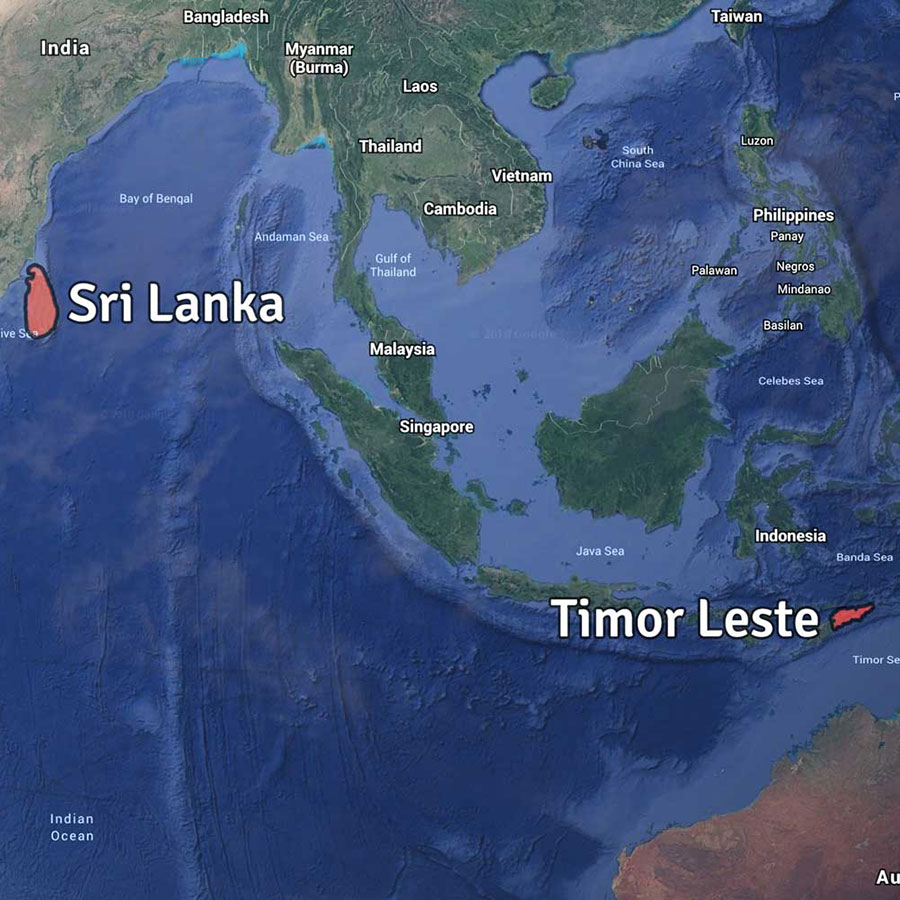
Over 5,000 kilometres separate Sri Lanka and Timor-Leste, but there are strong parallels between the countries’ two health systems.
Both have lived through recent devastating internal conflict. Both have had to rebuild and reintegrate their health infrastructure. And, in the past two years, both have also transitioned out of Gavi support to take fully responsibility for running and funding their own vaccination programmes.
Similarities stop there.
Immunisation coverage rates
Sri Lanka’s 99% immunisation coverage rate is one of the best in South Asia and built on best practice in policy making, logistics, administration, quality assurance and disease surveillance. Since starting to fully fund its immunisation programme at the start of 2016, Sri Lanka has successfully added the human papillomavirus (HPV) vaccine to its national immunisation schedule, with exceptional catalytic Gavi support.
A rapid increase in Timor-Leste’s national income levels means it had to start fully financing its immunisation programme in January 2018. Today, the Health Ministry faces institutional and technical barriers to improving its immunisation coverage rate.
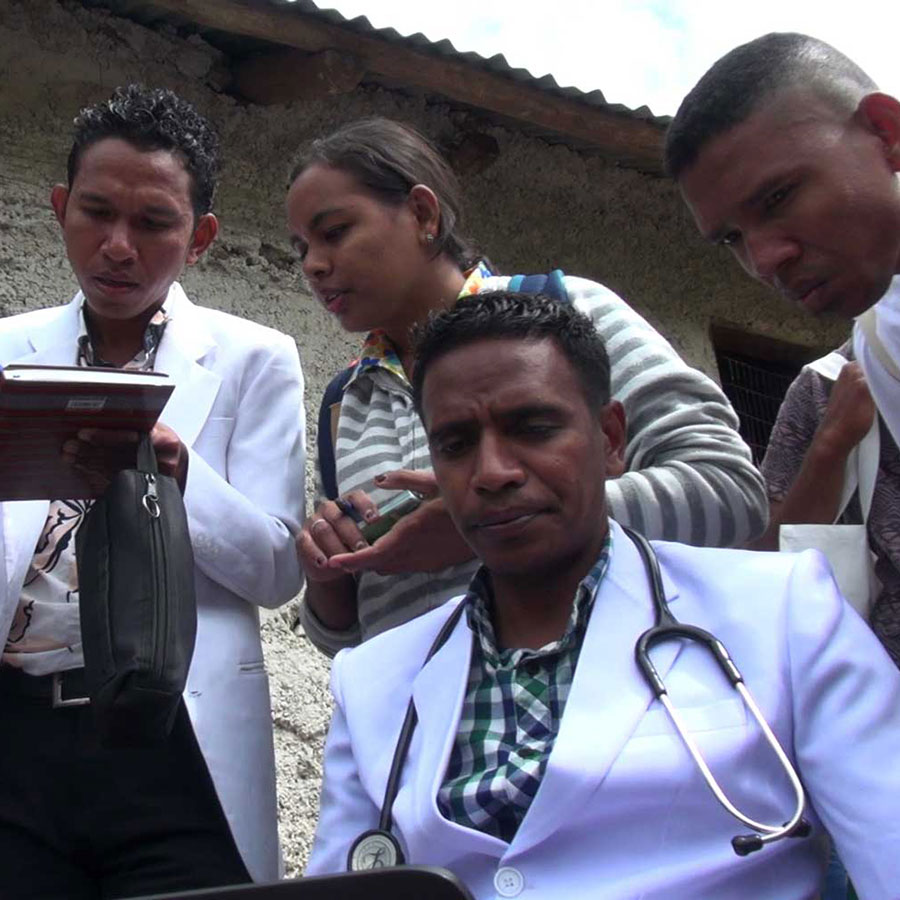
Sri Lanka’s 99% immunisation coverage rate is one of the best in South Asia and built on best practice in policy making, logistics, administration, quality assurance and disease surveillance. Since starting to fully fund its immunisation programme at the start of 2016, Sri Lanka has successfully added the human papillomavirus (HPV) vaccine to its national immunisation schedule, with exceptional catalytic Gavi support.
A rapid increase in Timor-Leste’s national income levels means it had to start fully financing its immunisation programme in January 2018. Today, the Health Ministry faces institutional and technical barriers to improving its immunisation coverage rate.
People still have little awareness about the importance of immunisation, which means outreach programmes are critical to increasing coverage. However, the civil conflict which led to the country’s independence destroyed much of the health service infrastructure and road network, as well as severely reducing the number of trained health workers.
Now, as part of its efforts to encourage post-transition countries to share best immunisation practices through South to South collaboration, the World Health Organization (WHO) and UNICEF with Gavi funding are supporting a pioneering ‘twinning’ partnership between Dili and Colombo. Under the agreement, Timor-Leste’s health professionals will learn directly from their peers in Sri Lanka, forging a lasting mentoring relationship between the two countries.
“The main goal is to improve the technical and managerial capacity of the immunisation programme managers in Timor-Leste across the national, district and sub-district levels," says Dr Sudath Peiris, WHO’s Immunisation Specialist based in Dili and a former Sri Lankan senior EPI manager.
Already, a team of senior officials from Timor-Leste has been to Sri Lanka for a learning visit, and a senior team from Sri Lanka has made a return visit to Timor. Together they have identified opportunities for peer-to-peer exchange and learning, each critical to sustaining strong immunisation programmes.
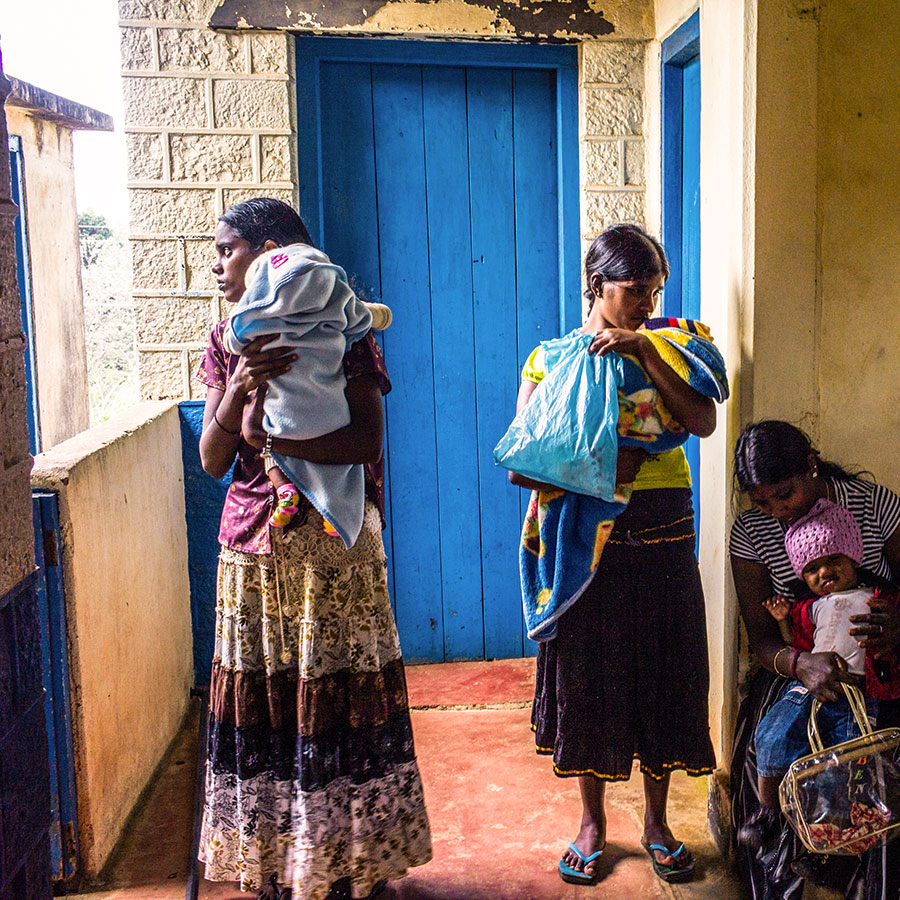
People still have little awareness about the importance of immunisation, which means outreach programmes are critical to increasing coverage. However, the civil conflict which led to the country’s independence destroyed much of the health service infrastructure and road network, as well as severely reducing the number of trained health workers.
Now, as part of its efforts to encourage post-transition countries to share best immunisation practices through South to South collaboration, the World Health Organization (WHO) and UNICEF with Gavi funding are supporting a pioneering ‘twinning’ partnership between Dili and Colombo. Under the agreement, Timor-Leste’s health professionals will learn directly from their peers in Sri Lanka, forging a lasting mentoring relationship between the two countries.
“The main goal is to improve the technical and managerial capacity of the immunisation programme managers in Timor-Leste across the national, district and sub-district levels," says Dr Sudath Peiris, WHO’s Immunisation Specialist based in Dili and a former Sri Lankan senior EPI manager.
Already, a team of senior officials from Timor-Leste has been to Sri Lanka for a learning visit, and a senior team from Sri Lanka has made a return visit to Timor. Together they have identified opportunities for peer-to-peer exchange and learning, each critical to sustaining strong immunisation programmes.
Sri Lanka
Sri Lanka’s near perfect immunisation coverage rate owes much to a nationwide network of over 4,000 public health midwives. There is approximately one midwife for every 5,000 Sri Lankans. Regular door-to-door visits, usually by bike or scooter, mean each is always up to date on their patients’ state of health.
Working from community-based fixed clinics, public health midwives help raise awareness of antenatal care, immunisation and maternal and child health – and also register every newborn child. If a mother or father fails to bring their child to a vaccination session, the midwife visits their home and, in some cases, personally accompanies the child to her clinic for immunisation.
Timor-Leste
In a country where roads are often poor and people live far apart, making sure everyone has access to healthcare has been a challenge for Timor-Leste. With little awareness of the benefits of immunisation, few people were prepared to travel to clinics for health services.
To address this challenge, in 2015 the Health Ministry launched an outreach programme, called Saude na Familia (Health for the Family). Every day, small teams of health workers fan out from their clinics and health centres in towns and villages to deliver immunisation and other preventive and primary healthcare house to house.
Knocking on every door, the health workers check who is living there and whether they have any unmet health needs. Children’s vaccination records are examined and any missed immunisations are given there and then.
In its initial phase, Saude na Familia visited 94% of all households and families registering the health details of 84% of the population. However, to ensure the approach is repeated on a regular basis, Timor-Leste is learning from Sri Lanka’s experience in running its nationwide network of public health midwives.
Sri Lanka
Getting the right vaccines to the right places at the right time is critical to improving coverage and reducing wastage.
Sri Lanka’s public health system, which dates back to the 1920s and the time of British rule, ensures a steady flow of information from the Health Ministry via regional and divisional offices to local health workers, both for monitoring and evaluation.
When launching pentavalent vaccine in 2008, the Ministry enforced a new open vial policy by meeting with 26 district EPI managers, who, in turn, informed the 330 divisional offices. Instead of 10% wastage, the Health Ministry registered less than 1% - enough vials to provide for one month of vaccinations.
Timor-Leste
Dr Maria Odete Belo manages the central logistics and distribution warehouse for health supplies in Dili. From her warehouse, medicines and vaccines are sent throughout Timor-Leste.
As a participant on the high-level visit to Sri Lanka, Dr Belo learned about a different way to manage supplies that she is now thinking of implementing in Timor-Leste. “In Sri Lanka they use a push system,” she says, “They know what the health facility needs, they have their schedule and they don’t need another requisition, they know already the numbers of vaccines and other commodities that will be needed.“
“Here in Timor-Leste, we use a pull system - we distribute based on the needs of the health facilities. So, we just sit and wait and when they submit their requisition, we make a distribution.
Also, we don’t bring the items directly to the health facility. They are the ones who collect the items.”
Sri Lanka
Even during the civil conflict in north-east Sri Lanka, temporary ceasefires allowed hospitals and clinics to deliver immunisation and other basic health services.
Successive Sri Lankan administrations have prioritised free health and education. In 2014, the Government introduced a national immunisation policy guaranteeing every citizen the right to vaccination. There is a separate line in the national budget for immunisation ensuring continuity in the delivery of vaccines and virtually no stock outs.
Timor-Leste
Every week, Health Minister Rui Maria de Araújo personifies Timor-Leste’s political support for immunisation by participating in health outreach. In the remote village of Nunomogue, villagers seem unperturbed by the arrival of a Government Minister at their doors. He speaks gently to an older woman who may have tuberculosis and checks that all the children have been vaccinated.
In one house, the minister finds a newborn baby. Local custom dictates that women should give birth at home (literally “by the fire”) and that children should not go outside until the end of their first month. So, if the baby cannot be taken to the health clinic, the vaccinators will come to the baby.
With an economy heavily based on primary resources and diminishing oil reserves, Timor-Leste faces significant challenges in translating its political commitment into funding the introduction of new vaccines, such as rotavirus and pneumococcal. The Vaccine Alliance is working with the Government to improve efficiencies in immunisation expenditure, to ensure every dollar goes further.
Sri Lanka
The Health Ministry trains future generations of public health inspectors and health workers at six regional training centres, as well as its National Institute of Health Sciences. Under the colonial administrative system, all government officers learnt their trade in rural areas before moving to the major cities. Today, Sri Lanka’s public health staff must also gain extensive experience working at divisional then district levels before moving to the Ministry in Colombo.
To help the north of Sri Lanka rebuild its health system after the end of civil conflict in 2009, a training centre was established at Vavuniya.
Timor-Leste
Less than 20 years ago when Timor-Leste gained its independence from Indonesia, there were fewer than 100 doctors across the whole country and only a handful of specialists.
Walk into the medical school at the National University in Dili today, and the surprising sound of Spanish meets your ears. The students here are being trained by Cuban medical professors in a scheme backed by the governments of both countries. The result is close to 1,000 new doctors spread out across the country and one of the highest doctor patient ratios in Asia.
However, these doctors lack hands-on clinical skills. Under the twinning programme, Sri Lanka’s National Institute of Health Sciences offers a potential model for strengthening Timor-Leste’s Instituto Nacional Saude (INS) by delivering better in service training to doctors, nurses, pharmacists and midwives.
Parallel paths
Gavi support for Sri Lanka
- 2002:
Gavi approves hepatitis B vaccine and injection safety support - 2008:
Sri Lanka introduces pentavalent vaccine with Gavi support - 2015:
Sri Lanka scheduled to introduce inactivated polio vaccine (IPV), while HSS support is phased out - 2016:
Sri Lanka transitions out of Gavi support - 2017:
Gavi provides exceptional support for national introduction of HPV vaccine
Gavi support for Timor-Leste
- 2012:
Gavi provides support to Timor-Leste for the introduction of the pentavalent vaccine - 2014:
Gavi Health System Strengthening (HSS) support approved to help Timor-Leste rebuild its health infrastructure, vital to increasing immunisation rates among its large population of young people. - 2015:
Gavi support for inactivated polio vaccine (IPV) - 2018:
Timor-Leste transitions out of Gavi support
